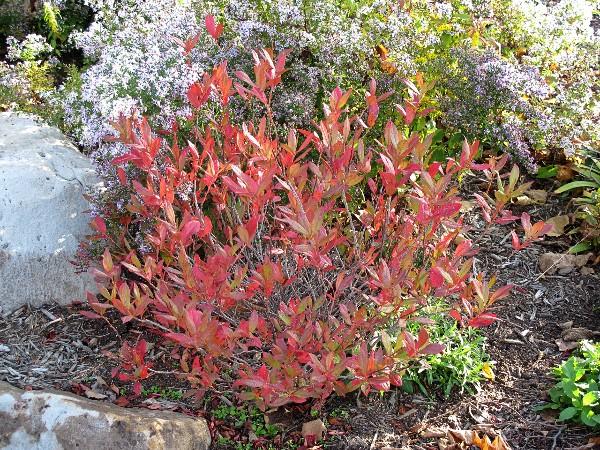Updated: August 8, 2022
The Right Tree for Your Lawn--Planting Trees to Help Improve Chesapeake Bay Water Quality
Trees provide life-giving oxygen and food, regulate temperatures, sequester carbon, and yield raw materials for building. Trees also are a source of simple beauty and they utilize nutrients as they grow. If you look at the cost of buying and maintaining trees, they are a pretty good bargain when it comes to improving water quality in the Chesapeake Bay. When selecting trees for their property, a homeowner should consider intended function (privacy screening, shade, etc.), budget, size and the quantity of trees needed. This report also provides important information about how to plant, water, fertilize and mulch trees to ensure that they continue to thrive and contribute to the health of the Chesapeake Bay.
Updated: July 11, 2022
Japanese Maple Scale Woody Ornamental Host Plants
Japanese maple scale (JMS), (Lopholeucaspis japonica Cockerell) (Hemiptera: Diaspididae), is a prolific pest of major concern to nursery crop producers and landscape managers in MD and the eastern United States. JMS is difficult to monitor and manage due to its small size, extended crawler emergence periods, and wide host plant range. The purpose of this fact sheet is to provide practitioners with host plant information that will help to improve and focus their monitoring efforts. All plants listed in this fact sheet are verified as hosts of Japanese maple scale from published literature or direct observations by the authors. This list should not be considered all inclusive. Due to the generalist feeding habits of JMS there are likely more hosts we have yet to identify including additional cultivars/hybrids.

